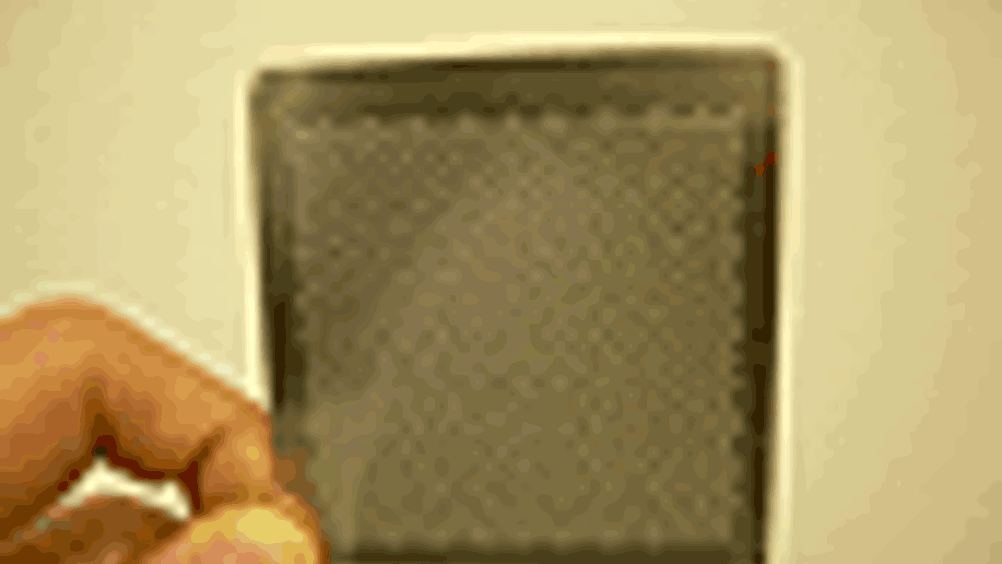Far infrared for wireless and security
A University of Utah study has shown how far-infrared light, the last unexploited part of the electromagnetic spectrum, could be harnessed to build much faster wireless communications.

A
study has shown how far-infrared light, the last unexploited part of the electromagnetic spectrum, could be harnessed to build much faster wireless communications and to detect concealed explosives and biological weapons.
’We found a way to manipulate a form of infrared radiation that is not now used for communications so that, in the future, it may be possible to use it for high-speed, short-range communication between computers and other devices,’ said Ajay Nahata, an associate professor of electrical and computer engineering.
The study also showed the feasibility of building devices that emit and detect specific frequencies of far-infrared light, also known as terahertz radiation, to spot chemical or biological warfare agents such as anthrax bacteria. They could also make images of packages or people to find concealed weapons and plastic explosives.
The Utah researchers shined far-infrared radiation through holes punched in a thin steel foil or film, and found almost all of the radiation passed through the film if the holes were arranged in semi-regular patterns known as ‘quasicrystals’ or ‘quasicrystal approximates.’
Register now to continue reading
Thanks for visiting The Engineer. You’ve now reached your monthly limit of news stories. Register for free to unlock unlimited access to all of our news coverage, as well as premium content including opinion, in-depth features and special reports.
Benefits of registering
-
In-depth insights and coverage of key emerging trends
-
Unrestricted access to special reports throughout the year
-
Daily technology news delivered straight to your inbox










Water Sector Talent Exodus Could Cripple The Sector
Well let´s do a little experiment. My last (10.4.25) half-yearly water/waste water bill from Severn Trent was £98.29. How much does not-for-profit Dŵr...